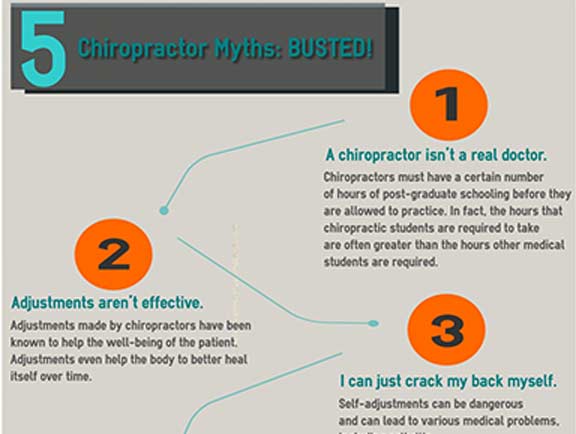A Newbie'S Guide To Understanding Cervical Spinal Column Makeup And Its Effect On Neck Pain
A Newbie'S Guide To Understanding Cervical Spinal Column Makeup And Its Effect On Neck Pain
Blog Article
Short Article By-Holck Linde
As you rest there, probably really feeling an ache of pain in your neck, have you ever before stopped to consider the intricate frameworks that compose your cervical spine? Recognizing exactly how the vertebrae, discs, and nerves interact in this area can clarify why neck pain can be so persistent and incapacitating. By discovering the structures of cervical back anatomy and its effects for neck pain, you may discover understandings that can help you better take care of or perhaps prevent those nagging pains and rigidity.
Value of Cervical Back Anatomy
Understanding the relevance of cervical spinal column composition is vital in comprehending the intricacies of neck discomfort. More Information and facts , composed of seven vertebrae, plays a crucial function in sustaining the head's weight and facilitating activity. It houses the spine, which transmits messages in between the brain and the rest of the body. In addition, the cervical spinal column secures these fragile nerves and provides structural security to the neck region.
Moreover, the cervical spine enables a wide range of motion, enabling you to transform your head, turn it laterally, and nod backwards and forwards. Each vertebra has specific features and attributes that add to the general flexibility and security of the neck. Recognizing the anatomy of the cervical back can help you comprehend exactly how injuries or degenerative problems in this region can bring about neck discomfort and relevant signs.
Components of the Cervical Spine
When checking out the elements of the cervical back, it ends up being apparent that its framework includes 7 vertebrae, identified C1 to C7, piled on top of each other. These vertebrae are important as they provide assistance to the head and enable a wide variety of motion in the neck.
The upper vertebra, C1, also called the atlas, sustains the head and makes it possible for the nodding activity of the head. Straight below C1 is the C2 vertebra, called the axis, which allows for the rotation of the head back and forth.
Moving down the cervical spine, each vertebra plays a crucial function in maintaining the spinal column's flexibility and stability. Between each vertebra are intervertebral discs that serve as cushions, absorbing shock and protecting against the vertebrae from rubbing against each other.
Understanding the elements of the cervical back is important in understanding just how the back features and its potential impact on neck discomfort.
Partnership In Between Back and Neck Discomfort
The link in between the spine and neck discomfort is an important element of comprehending bone and joint pain. Your spine, particularly the cervical area, plays a considerable duty in supporting your head and permitting numerous activities. When there's a concern in the spinal column, such as a herniated disc or misalignment, it can directly impact the surrounding cells and nerves, causing neck discomfort. Poor stance, injuries, and degenerative conditions can all add to spine-related neck discomfort.
It's vital to recognize that the spine and neck function as a natural unit. Any type of abnormalities or inequalities in the spine can cause pressure on the neck muscles and ligaments, resulting in pain and tightness.
Final thought
Since you have a fundamental understanding of cervical spine composition and its connection to neck pain, you can better appreciate the intricacies of your own neck discomfort. Keep in mind, the health and wellness of your cervical spine plays a critical duty in sustaining your head and facilitating activity, so it is necessary to care for it via appropriate posture, workout, and normal examinations with a healthcare specialist. Stay educated and just click the following website concerning your spinal column health and wellness to prevent and handle neck pain successfully.
